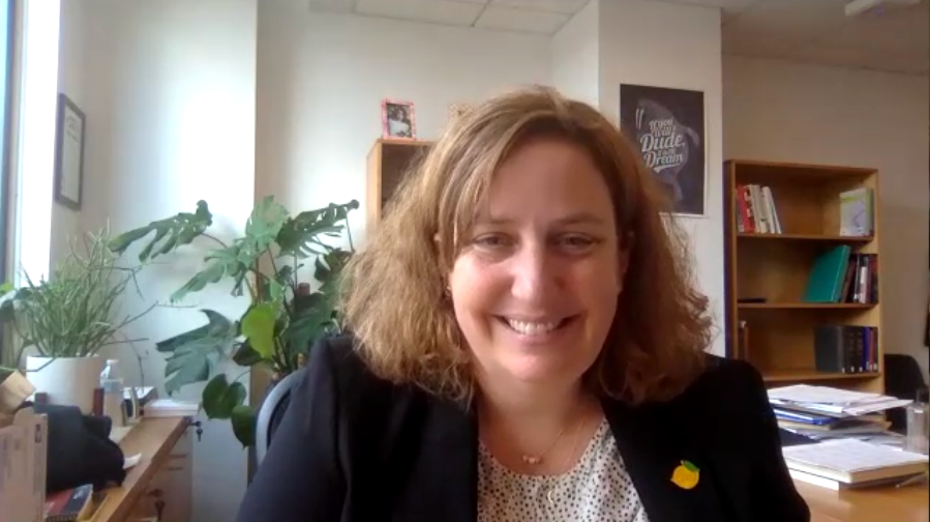The tax-law scholar talks to Michael E. Hartmann about the excise tax on investment income in higher education and whether its underlying reasoning could perhaps also apply in other nonprofit contexts.
Earlier this year, Pepperdine Law Review published Jennifer Bird-Pollan’s “Taxing the Ivory Tower: Evaluating the Excise Tax on University Endowments,” which caught our attention here at The Giving Review. The Tax Cuts and Jobs Act of 2017’s first-time excise tax on the investment income of certain college and university endowments, she writes in the article, “is a first step towards the exploration of taxing non-profit entities on the vast sums of wealth they hold in their endowments.”
Later, Bird-Pollan asks, “Why are we focused only on universities?” Hence our attention.
Bird-Pollan is the associate dean of academic affairs and the Judge William T. Lafferty Professor of Law at the J. David Rosenberg College of Law at the University of Kentucky. She teaches tax-law courses and studies intersections of tax law and philosophy.
She earned her law degree from Harvard, a Ph.D. in philosophy from Vanderbilt, and her bachelor’s degree in philosophy and French from Penn State. Before law school, she taught philosophy courses at Vanderbilt and Harvard. Before coming to Kentucky, she practiced tax law at Ropes & Gray in Boston.
Bird-Pollan was nice enough to join me for a conversation last week. The just more than 13-minute video below is the first of two parts of our discussion; the second is here. In the first part, we talk about the excise tax on investment income in higher education and whether the reasoning underlying it could perhaps also apply in other nonprofit areas.
Bird-Pollan and Hartmann
“It is the first time that we see Congress willing to look at the endowment of a big nonprofit and think about it as potentially subject to tax,” according to Bird-Pollan. “If you think back to what a nonprofit looked like 50 years ago or maybe even shorter—I may only have to look back 20 or 30 years—the dollar amounts are just dramatically different from some of the dollar amounts” now.
“People always looking for where can we get additional tax revenue,” she says, but
if you wanted to question what is the justification for nonprofits in the first place and then you see nonprofits that are accumulating significant amounts of wealth, I think it raises in some people’s minds the question of whether this is consistent with what we meant when we said this is a nonprofit that ought to be eligible for an exemption from income tax.
As for specific contexts other than higher ed, “the universities that we’re talking about are all public charities, so they’re not subject to the private-foundation rules, which require basically a distribution of a certain amount,” Bird-Pollan notes. “So in a certain sense, the public charities maybe felt like an easier target because they could accumulate without a minimum requirement of distribution and the private foundations, they have to be spending something … in order to continue to qualify and in order to get tax exemptions.
“But sure,” she continues,
if you thought that certain kinds of foundations were growing too large, you could say above a certain threshold, maybe the spending requirement goes up and we tax you if you don’t spend at least 10% or 15% or something like that, instead of just the five percent. … I think you could absolutely apply similar kinds of reasoning to foundations.
In the conversation’s second part, Bird-Pollan talks about more about applying the reasoning underlying the excise tax on higher-education endowments to foundations, along with the potential for a cross-ideological coalition to back philanthropy reform and the real-world ramifications of such reform.






